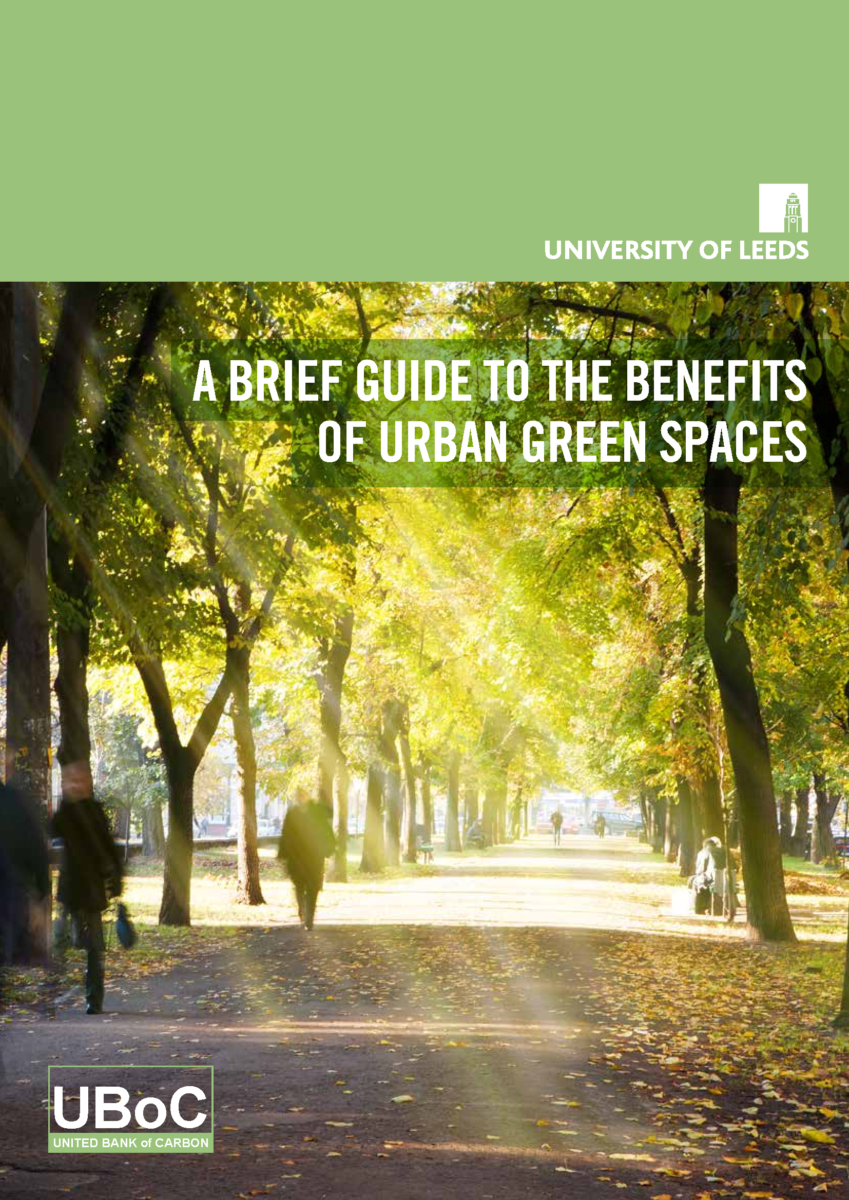Green Space
Urban Green Space
 In 2014, around 54% of the world’s population were living in towns and cities, and this number is projected to increase to nearly 70% by the middle of the century. Almost two thirds of the urban area that will exist by the year 2030 is yet to be built, so it is vital that we take the opportunity to create and maintain healthy and sustainable urban environments.
In 2014, around 54% of the world’s population were living in towns and cities, and this number is projected to increase to nearly 70% by the middle of the century. Almost two thirds of the urban area that will exist by the year 2030 is yet to be built, so it is vital that we take the opportunity to create and maintain healthy and sustainable urban environments.
Urban green spaces such as domestic gardens, parks and woodlands provide a multitude of benefits to human urban populations, and a vital habitat for wildlife. By improving physical fitness and reducing depression, the presence of green spaces can enhance the health and wellbeing of people living and working in cities. Green spaces also indirectly impact our health by improving air quality and limiting the impact of heatwaves by reducing urban temperatures. In addition, urban vegetation stores carbon, helping to mitigate climate change, and reduces the likelihood of flooding by storing excess rain water.
Read our report, or click on the topics below, for a summary of the existing literature around the importance of urban green space.
The report is a collaboration between LEAF, the Sustainable Cities Group and UBoC.
